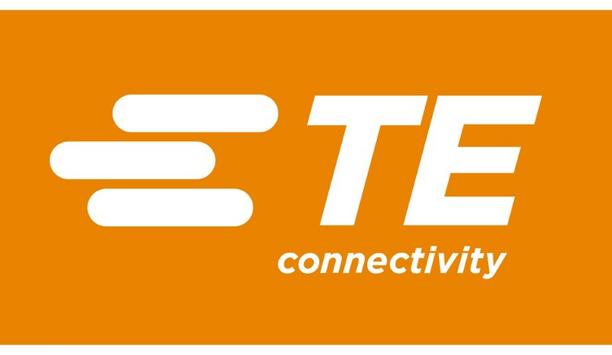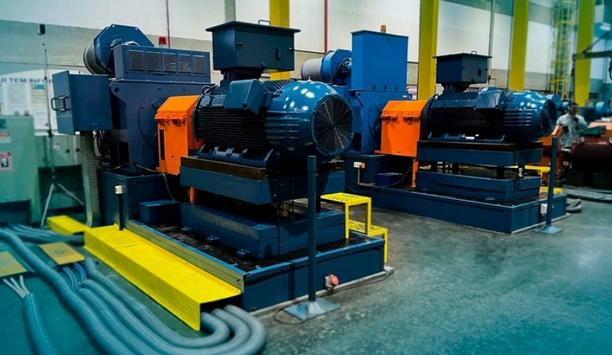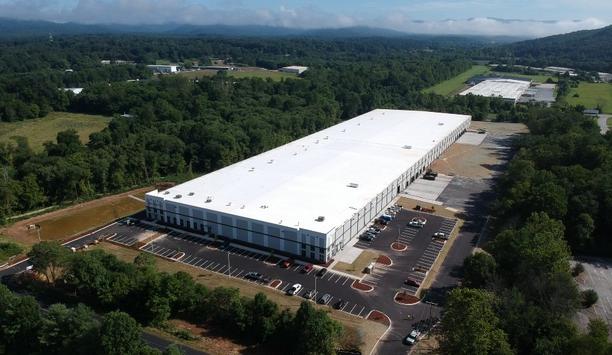The National Fire Protection Association® (NFPA®) launched its Wind Turbine Technician-I (WTT-I) certification, the only certification of its kind in the U.S. to date.
NFPA WTT-I certification
Renewable markets, such as solar and wind are seeing rapid growth. With more wind installation projects being approved worldwide, there is a growing demand for qualified wind turbine technicians with verified skills and knowledge to work on these projects.
The new NFPA WTT-I certification aims to provide the emerging wind workforce with the necessary skills to excel and work safely in this rapidly developing sector.
industry-recognized credentials
“NFPA is well-recognized for its certification programs in fire, life safety, and electrical spaces,” said Dan Pickel, Director of Certification and Accreditation at NFPA, adding “The WTT-I program will help professionals build successful careers in the wind energy sector and support their ability to service, inspect, and maintain wind turbines safely with industry-recognized credentials.”
key features and components
They will demonstrate the capability to perform basic tasks related to installing, servicing, commissioning
Newcomers to the wind energy industry, including those who have finished a foundational course in wind turbines and electrical safety, or have worked as wind turbine technicians for at least six months, are ideal candidates for this certification. Upon completion of the program, they will be proficient in the key features and components outlined in the Wind Turbine Technician Exam Blueprint.
They will also demonstrate the capability to perform basic tasks related to installing, servicing, commissioning, inspecting, maintaining, troubleshooting, performing lock-out/tagout, reading and interpreting schematics, and documenting work performed on wind turbines.
A skilled global workforce
A skilled global workforce is one of the eight key elements of the NFPA Fire & Life Safety Ecosystem™, a framework that identifies the components that must work together to minimize risk and help prevent loss, injuries, and death from fire, electrical, and other hazards.
Training and development initiatives, including certifications, are central to this objective of upskilling the workforce, promoting industry best practices, and prioritizing worker safety.
industry-standard training
According to the Global Wind Energy Council, over 574,000 technicians will be required to build, install, operate, and maintain the world’s rapidly expanding wind fleet by 2027. In the U.S. alone, more than 77,000 people will need industry-standard training between 2023 and 2027.
Dan Pickel adds, “As demand for these workers increases, candidates who enhance their knowledge and skills through best-in-class certifications, such as the WTT-I certificate, will more easily stand out to potential employers. This can help increase an employee’s credibility, marketability, and earning potential.”







